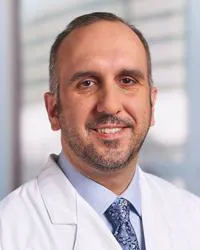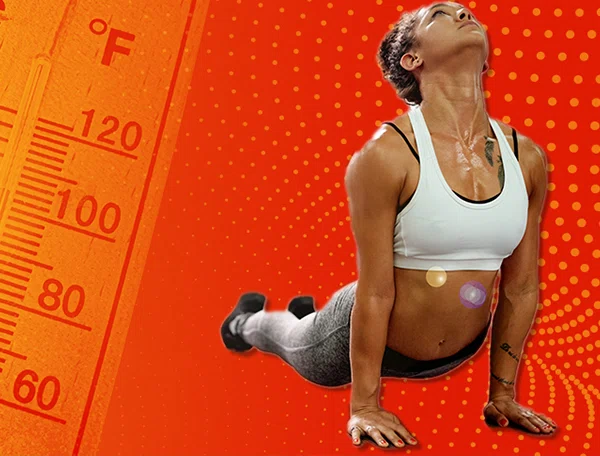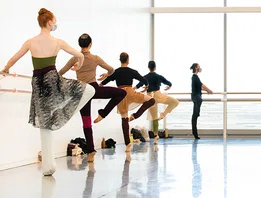


Outcomes Research
Therapeutic Benefits of Deep Brain Stimulation Optimized Using Robots
Therapeutic Benefits of Deep Brain Stimulation Optimized Using Robots
At Houston Methodist, neurosurgeons are combining medical imaging, robotic surgical techniques and advanced neurophysiological testing to increase the benefits of deep brain stimulation for patients with movement disorders.
At Houston Methodist, neurosurgeons are combining medical imaging, robotic surgical techniques and advanced neurophysiological testing to increase the benefits of deep brain stimulation for patients with movement disorders.


Amir Faraji, MD, PhD
At Houston Methodist, Amir Faraji, MD, PhD, assistant professor of neurological surgery, combines medical imaging, state-of-art robotic surgical techniques and advanced neurophysiological testing to increase the benefits of deep brain stimulation in patients with Parkinson’s disease, dystonia, epilepsy, essential tremor, and neuropsychiatric disorders. The integration of these different technologies into a systematic and optimized workflow not only increases the accuracy of targeting the region of interest in the brain but also vastly reduces the time for neurosurgery.
"The goal of our endeavors is providing excellent patient care for people struggling with neurological problems," said Faraji. "We also want to increase our recognition in the medical community of being the hospital that performs deep brain stimulation most efficiently and effectively to maximize patient outcomes."
Deep brain stimulation has been a treatment option for movement disorders since the late 20th century. Much like a pacemaker for the heart, an external pulse generator is used to send tiny jolts of electrical currents to a specific location in the brain via surgically implanted wires. With relatively fewer complications compared to other surgical procedures, deep brain stimulation is a safe line of treatment, particularly for patients whose movement disorder is not satisfactorily controlled with medications alone.
The success of deep brain stimulation relies on precisely targeting brain regions. For this reason, neurosurgeons perform stereotactic surgery where the brain is mapped in three dimensions. Historically, a calibrated metal frame is used to set the coordinates of every region in the brain. During surgery, the electrode wires are manually inserted into the desired brain location based on these coordinates. In Parkinson's disease, for example, a lens-shaped region in the middle of the brain called the subthalamic nucleus is targeted for electrical stimulation since it plays an important role in motor control.
The goal of our endeavors is providing excellent patient care for people struggling with neurological problems. We also want to increase our recognition in the medical community of being the hospital that performs deep brain stimulation most efficiently and effectively to maximize patient outcomes."
Amir Faraji,MD, PhD
Assistant Professor of Neurological Surgery
"What you're aiming for is a structure that's the size of a tic tac," said Faraji. "That's where the highest density of the cells resides and stimulating them will achieve the best symptom control."
Hence, Faraji employs a combination of techniques to precisely locate the brain target. After obtaining a three-dimensional image of the patient’s brain using a high-definition MRI, he feeds the model of the brain to the software controlling a robotic arm. The computer creates a stereotactic roadmap of the brain, and during surgery, the arm allows the electrode wires to be targeted to a specific brain location with submillimeter precision. Faraji then evaluates if the wires are in the most optimal position by measuring the electrical activity of the cells in that area and assessing if the patient’s symptoms reduce when the electrodes are stimulated.
"What's great is that our optimized DBS surgical technique even accelerates the programming of the pulse generator so that patients can achieve maximum control of their symptoms," said Faraji. "And because the targeting in the brain is so precise, patients typically see a reduction or symptoms by 70-80% even in the first programming session."
Although deep brain stimulation with its optimized workflow is mainly used to treat movement disorders and epilepsy, Faraji hopes that in the near future, the technique could be used to relieve symptoms in other patients, such as those with Tourette's, depression, and obsessive-compulsive disorder.
Vandana Suresh, PhD
July 2023
Related Articles







